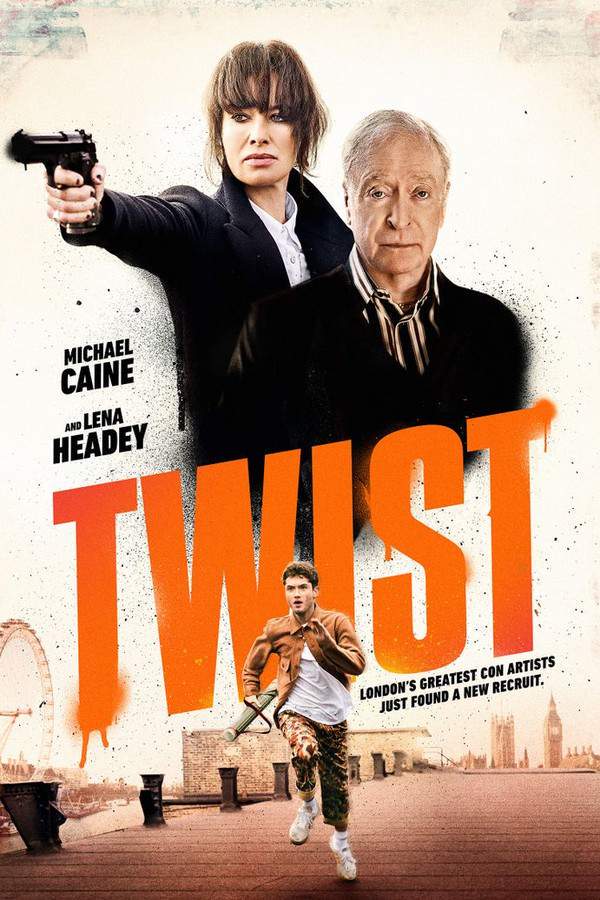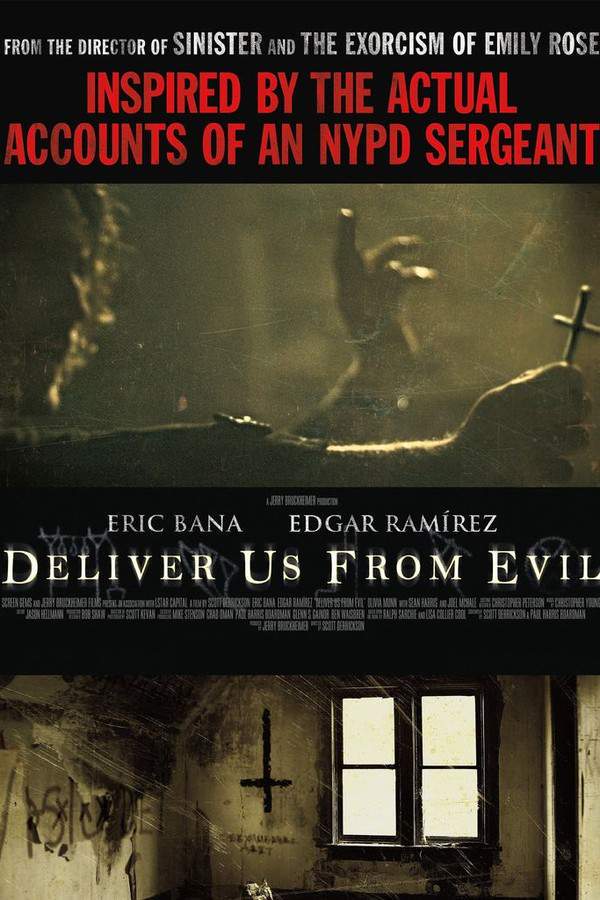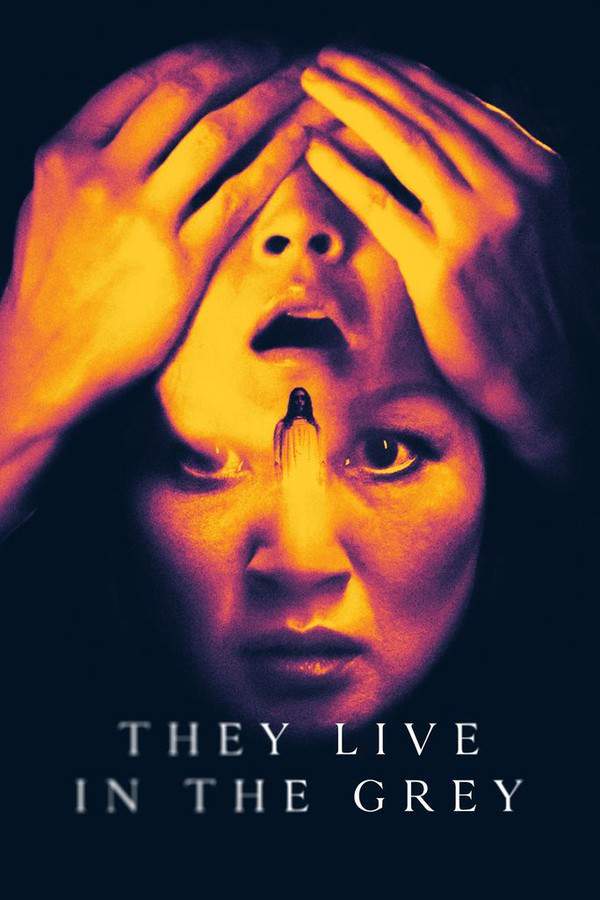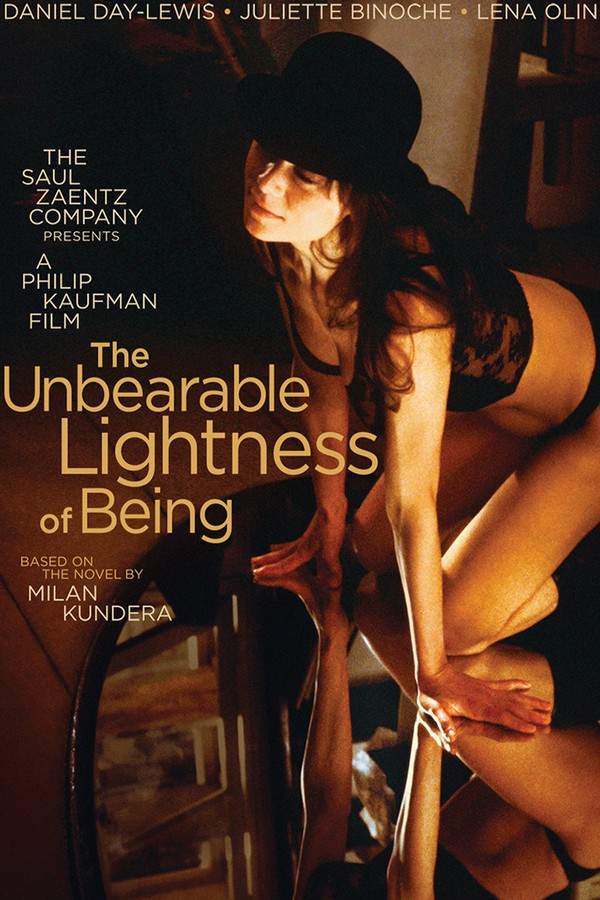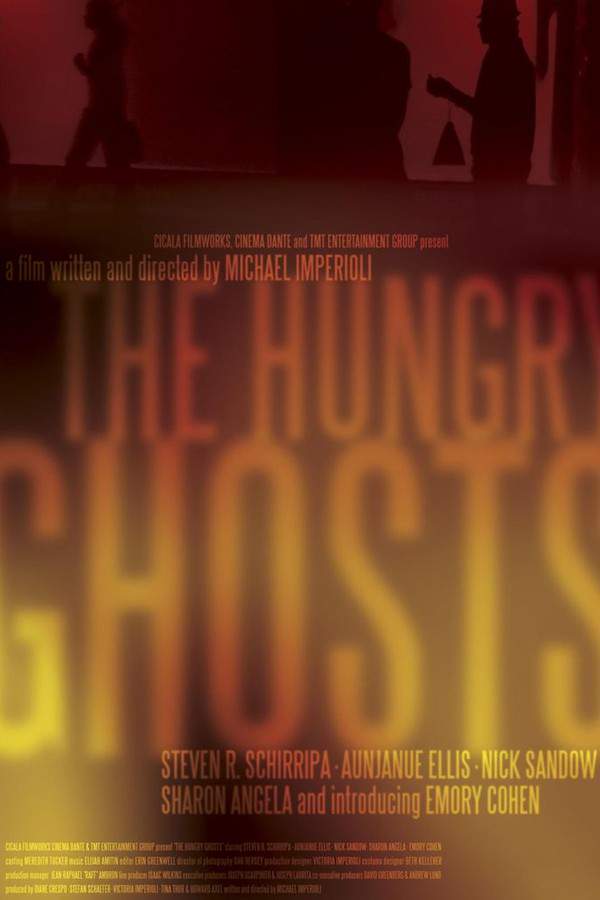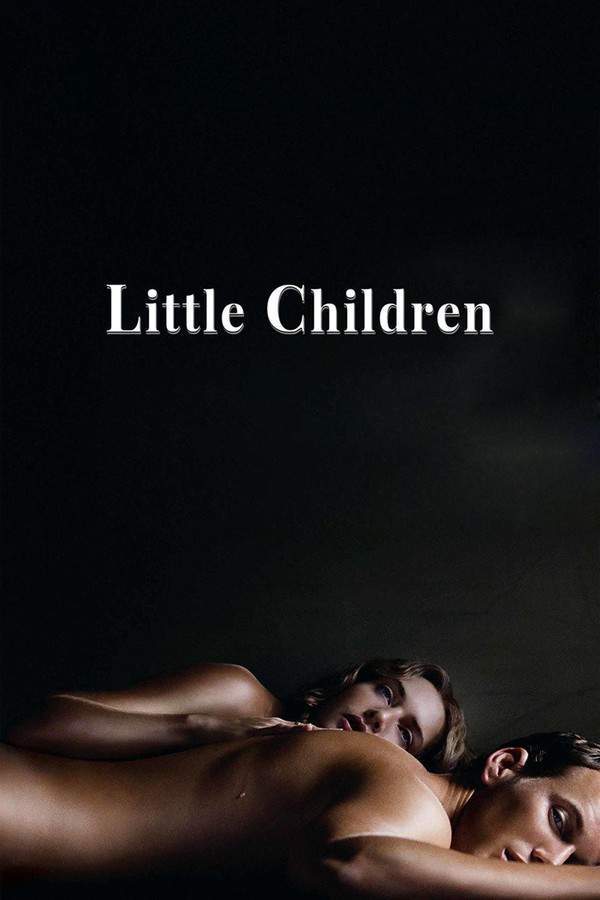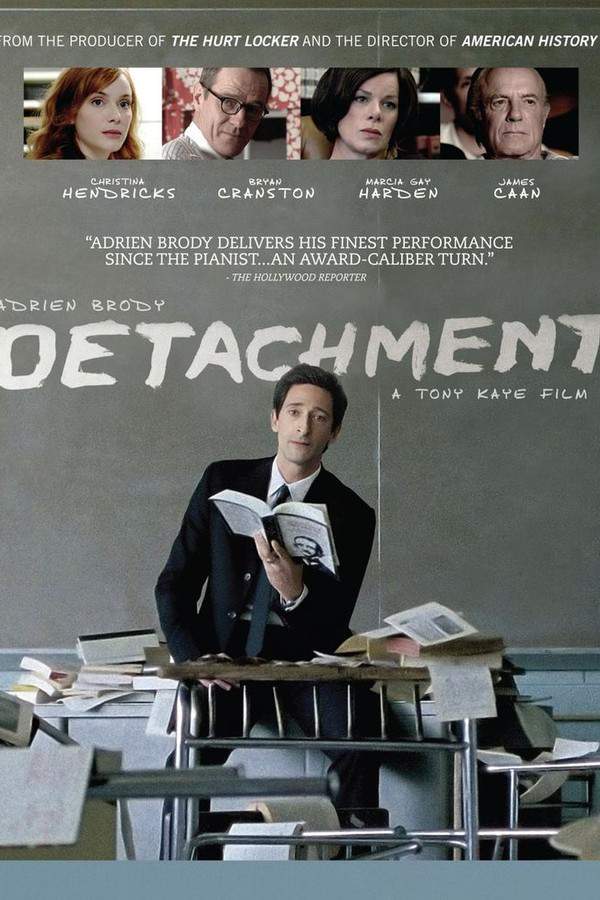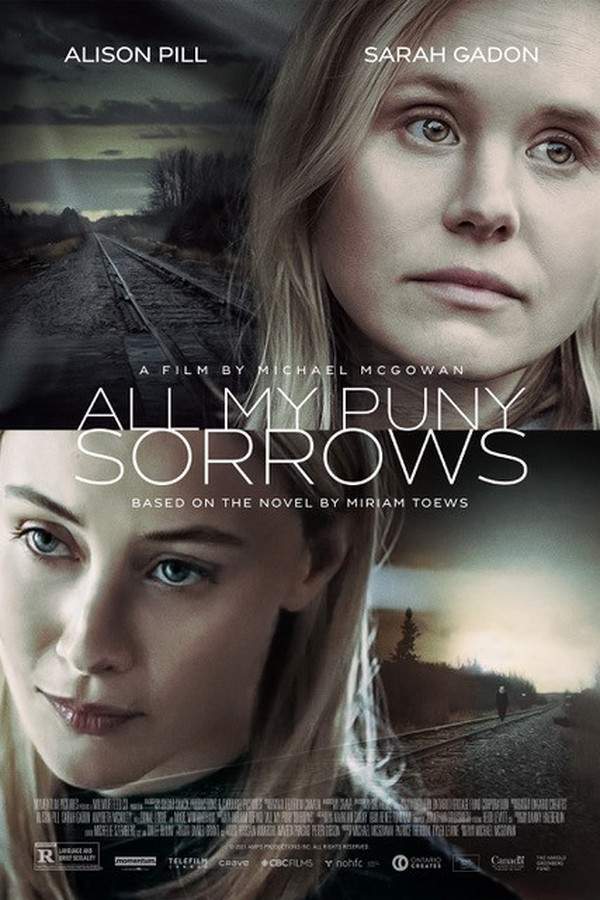
KIL
Year: 2013
Runtime: 90 mins
Language: Malay
Director: Nik Amir Mustapha
Akil is a young man struggling with depression and suicidal thoughts, repeatedly failing in his attempts to end his life. He discovers a unique agency that provides an anonymous service for people seeking to die, a seemingly perfect solution. However, his plans are complicated when he meets Zara and begins to question his desire to die, leading him to confront his feelings and reconsider his future.
Warning: spoilers below!
Haven’t seen KIL yet? This summary contains major spoilers. Bookmark the page, watch the movie, and come back for the full breakdown. If you're ready, scroll on and relive the story!
KIL (2013) – Full Plot Summary & Ending Explained
Read the complete plot breakdown of KIL (2013), including all key story events, major twists, and the ending explained in detail. Discover what really happened—and what it all means.
Akil [Redza Minhat] is a young man haunted by depression and the ache of a life he can’t quite fix. Despite several suicide attempts, he keeps surviving, including a grim moment where he pulls a teenage girl back from the edge after a breakup, a confrontation that oddly leaves him unsettled and searching for meaning. When a random flyer promises “suicide services,” Akil discovers the Life Action Bureau (LAB) and feels drawn to the idea of ending his pain. After a quiet consultation with Encik Harun [Harun Salim Bachik], he hires LAB to end his life in an unspecified way, all while remaining unaware of who among LAB’s contractors might carry out the act, or when it will happen.
As Akil tries to rebuild something resembling ordinary life, he meets Zara [Cristina Suzanne], a woman who draws him into a tentative romance. The two grow closer as he begins to see a future he hadn’t allowed himself to imagine. Their bond deepens just as Akil learns he’s being watched by a LAB contractor, a tension that intensifies when they attend a screening of World Without Tomorrow, a film directed by Johan Iskandar. Johan is connected to LAB’s world in unexpected ways, adding layers of complexity to Akil’s fragile hope.
Throughout the days that follow, Akil receives a stream of photographs from LAB—snaps of his daily life, each accompanied by a short note urging him to keep living. The messages momentarily lift him, bringing genuine happiness he hasn’t felt in years. But the illusion sours when Zara is revealed to be the LAB contractor tied to Johan’s case, throwing Akil’s trust into sharper relief. The situation worsens: Akil is kidnapped, photographed, and then released, only to return to a home that has been ransacked. He tries to make a police report, but he struggles to explain the strange, fear-filled events unfolding around him.
In a turn that shatters his sense of safety, Akil travels to a village to visit Aunt Rose [Zaleha Mohamad] and learns dark truths about his family—his mother’s death in an accident that bears the mark of Akil’s mistakes. Back in the city, Zara reveals another layer of her story, hinting at a past bound up with Miss Jasmine [Anne James] and a mysterious medical exchange involving Raj, Jasmine’s son. Returning from the village, Akil discovers a folder filled with photos that seem to document Zara’s victims, a discovery that forces a painful reckoning about who Zara is and what LAB is really doing.
The couple’s conflict crescendos when Akil confronts Zara, who insists she is working with LAB but denies being a killer. They argue, and in a volatile moment Akil asks her to end his life instead, a plea that she seizes with a sharp rebuke and a reminder that she still cares. When he returns home, the LAB contractor assigned to terminate him—Mr. Harun—appears with the intent to execute the contract. Akil pleads to reclaim his life, but Harun’s mission advances, and the act seems imminent.
In the aftermath, Zara searches LAB’s data library for information about Akil’s case, but the window to intervene has closed; Harun is too far along to stop. The story resolves with an epilogue that reframes the whole arc: the pistol used in the supposed termination is revealed to be a toy, and LAB is not a killing agency but a nonprofit focused on preventing suicide. A crucial clarifier comes from Harun, who says Zara is a LAB contractor but not working for him specifically. The film closes on a quiet, suggestive note as Zara treats Akil to a small reward for guessing her exact role within LAB, hinting at a fragile hope that life, even amid doubt, can still hold meaning.
Last Updated: October 09, 2025 at 16:09
Explore Movie Threads
Discover curated groups of movies connected by mood, themes, and story style. Browse collections built around emotion, atmosphere, and narrative focus to easily find films that match what you feel like watching right now.
Movies with redemptive twists like KIL
Stories that begin in despair but discover a hidden path to hope.If you liked how KIL transformed its dark premise into a story of hope, you'll find similar emotional journeys here. These movies, often dramas or psychological tales, start with heavy themes but conclude with a surprising and meaningful twist of redemption, offering cautious optimism after despair.
Narrative Summary
Movies in this thread often follow a protagonist wrestling with a profound darkness, believing they are on an inescapable path. A mysterious element or relationship complicates their trajectory, leading to a climax that fundamentally redefines the story's purpose, revealing it was never about succumbing to darkness but about finding a reason to choose life.
Why These Movies?
They are grouped by their unique emotional arc: a heavy, melancholic beginning that pivots towards a hopeful or happy ending. This creates a specific, cathartic experience for viewers who appreciate stories that grapple with difficult subjects but ultimately deliver a sense of relief and human connection.
Quiet melancholic dramas with tension like KIL
Atmospheric stories where emotional turmoil simmers beneath a calm surface.Fans of KIL's atmospheric and anxious mood will enjoy these similar films. Explore dramas and mysteries where a steady pacing builds quiet tension around themes of depression, dark secrets, and personal redemption, creating a reflective and unsettling yet deeply human experience.
Narrative Summary
The narrative pattern involves a character's internal conflict—such as depression or a hidden past—creating a low-grade, constant anxiety. The plot unfolds steadily, often intertwining a developing personal relationship with a mysterious or deceptive element, slowly raising the stakes until the character must confront their feelings head-on.
Why These Movies?
They share a specific blend of tone and pacing: a melancholic base mood pierced by an underlying anxiety, all delivered with a steady, character-driven rhythm. This creates a cohesive viewing experience for those seeking thoughtful, emotionally weighty stories that are intense but not overwhelming.
Unlock the Full Story of KIL
Don't stop at just watching — explore KIL in full detail. From the complete plot summary and scene-by-scene timeline to character breakdowns, thematic analysis, and a deep dive into the ending — every page helps you truly understand what KIL is all about. Plus, discover what's next after the movie.
KIL Timeline
Track the full timeline of KIL with every major event arranged chronologically. Perfect for decoding non-linear storytelling, flashbacks, or parallel narratives with a clear scene-by-scene breakdown.

Characters, Settings & Themes in KIL
Discover the characters, locations, and core themes that shape KIL. Get insights into symbolic elements, setting significance, and deeper narrative meaning — ideal for thematic analysis and movie breakdowns.

KIL Spoiler-Free Summary
Get a quick, spoiler-free overview of KIL that covers the main plot points and key details without revealing any major twists or spoilers. Perfect for those who want to know what to expect before diving in.

More About KIL
Visit What's After the Movie to explore more about KIL: box office results, cast and crew info, production details, post-credit scenes, and external links — all in one place for movie fans and researchers.







